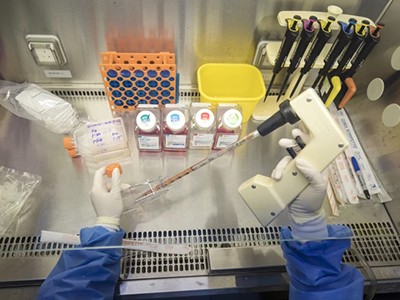Increasingly, agricultural scientists in Asia and Africa are using the gene-editing tool CRISPR to develop disease-resistant, high-yield crop varieties. Many, especially those in government research laboratories, are underestimating the importance of the patent and licensing rules that surround tools such as CRISPR.
The holders of patents on the CRISPR–Cas9 system have rights over discoveries made with it, because their invention makes those discoveries possible. Indian researchers have been able to use CRISPR–Cas9 legally since 2022, when the Indian Patent Office granted a local patent on the tool to the Dublin-based company ERS Genomics. ERS sets the rules of the tool’s use. As a result, scientists can use CRISPR for academic purposes, but cannot commercialize any resulting scientific breakthroughs.

CRISPR cures and cancer vaccines: researchers can help to shepherd them to market
In agriculture, that’s a problem. I made a similar mistake when starting my career in 1997. As a biotechnologist at the Indian Council of Agricultural Research (ICAR), I was assigned as one of the principal investigators of the project to develop genetically modified, pest-resistant Bt cotton.
Producing transgenic crops such as Bt cotton involves incorporating foreign DNA — in this case, genes from the bacterium Bacillus thuringiensis (hence ‘Bt’) — into a crop’s genome to induce desired traits. Indian scientists published a lot of research on transgenic crops in the 2000s, but the patent on the relevant Bt gene was held by the agrochemical company Monsanto (now owned by Bayer in Leverkusen, Germany), which did not allow commercial use of the research results. Ultimately, Indian farmers could not reap the benefits of state-subsidized seed varieties; those using Bt cotton now rely on expensive proprietary seeds.
Having witnessed one failed project, I urge scientists in low- and middle-income countries to pay more attention to who owns CRISPR–Cas9 patents and under what terms they are willing to license this innovation.